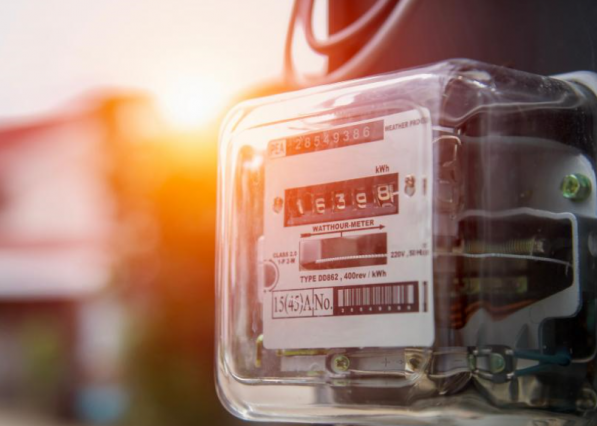An EU project coordinated by VTT is developing the most precise measuring device for electric current, a quantum standard, which would be compatible with the quantum standard for voltage.
Ampere, the unit of electric current, is one of the base units of the SI system, and its value is tied to the elementary electric charge, an unchanging fundamental physical constant. However, because it is difficult to implement ampere measurement, it is common to determine it with the help of voltage and resistance. Extremely precise quantum standards, or quantum mechanical measuring devices, are already available for voltage and resistance, but they cannot be put in the same laboratory, let alone on the same silicon chip. The quantum standard for resistance requires a strong magnetic field, which prevents the operation of the quantum standard for voltage.
If the two were compatible, they could be placed on the same silicon chip, resulting in an easy-to-use device that could measure all electrical quantities with record precision; the device could also be utilised in the measurement of mass and temperature, for example. The solution is being sought in superconducting nanowires.
“We have a multi-disciplinary international consortium, to which each research team contributes its own, highest-level competence. VTT has a long tradition of creating quantum technologies that work in practical applications, leaning on the basic research carried out by the universities. In the project, VTT is also developing a superconducting thin film technology, while the research partners provide the project with, for example, brand new two-dimensional superconductors such as multi-layer graphene and niobium diselenide,” says Kemppinen.
The Quantum e-leaps project is part of the EU’s FET Open research programme, which funds ambitious, interdisciplinary and high-risk research projects. Read more about the Quantum e-leaps project and the work of the international consortium here.



















